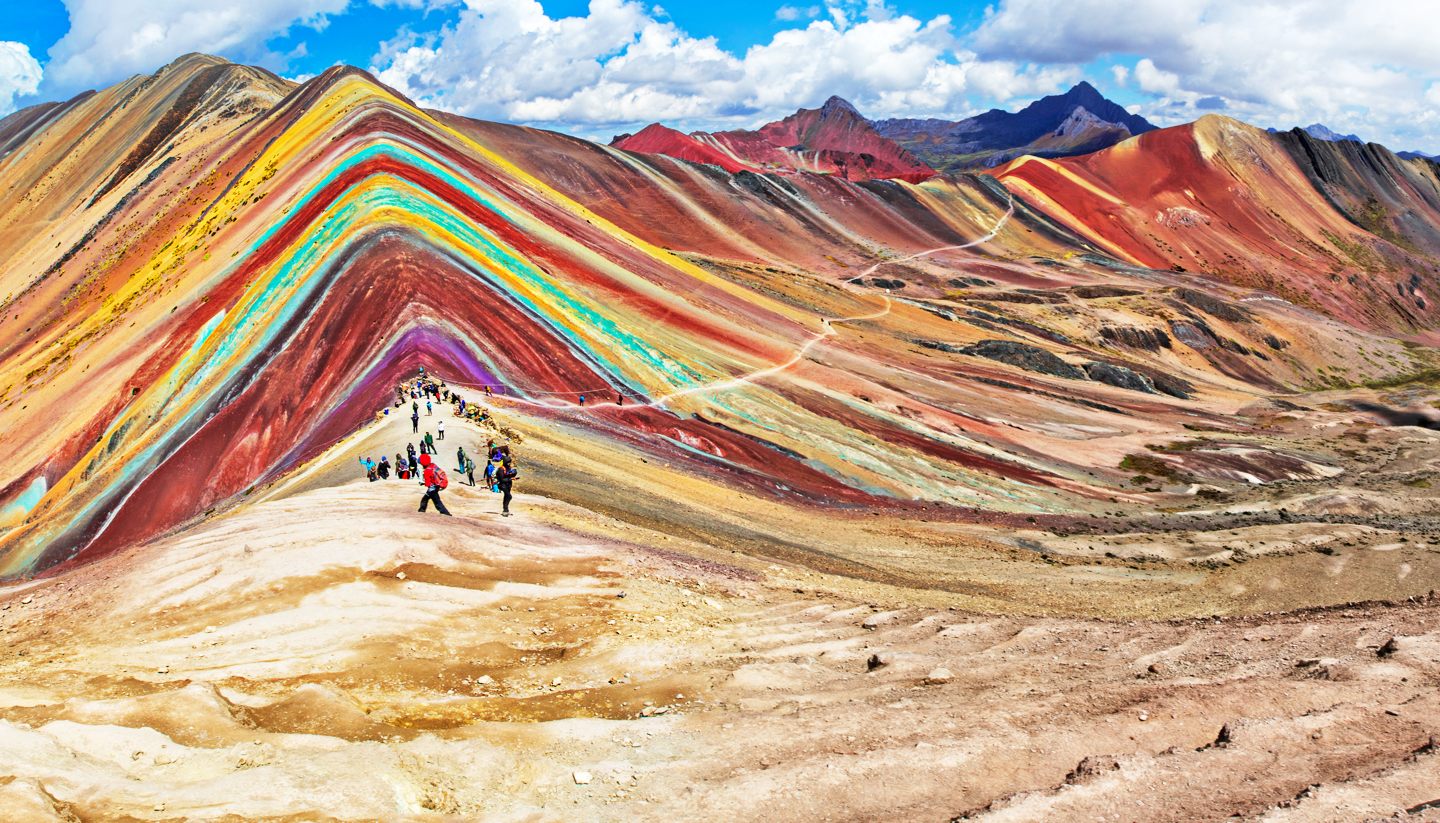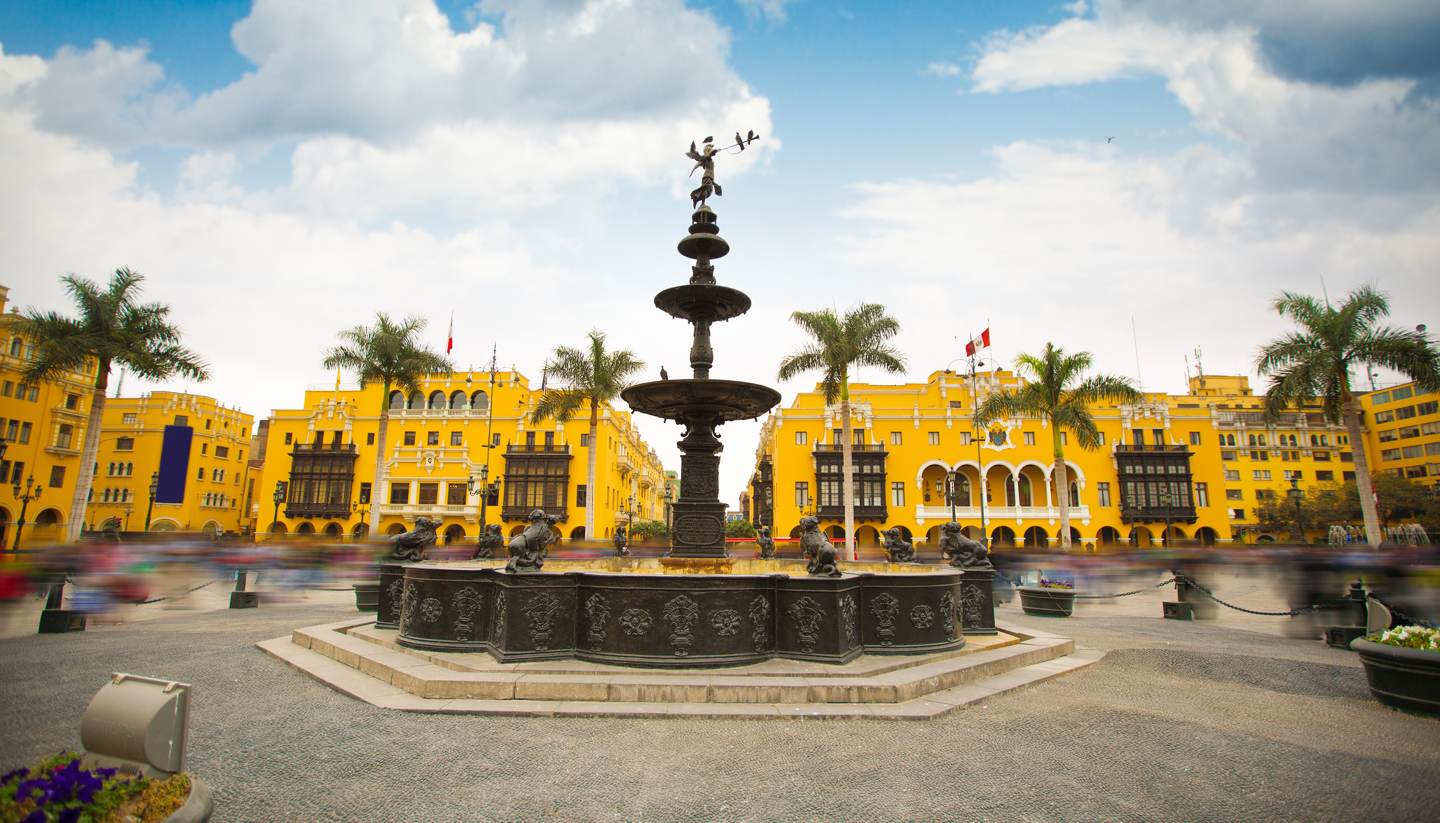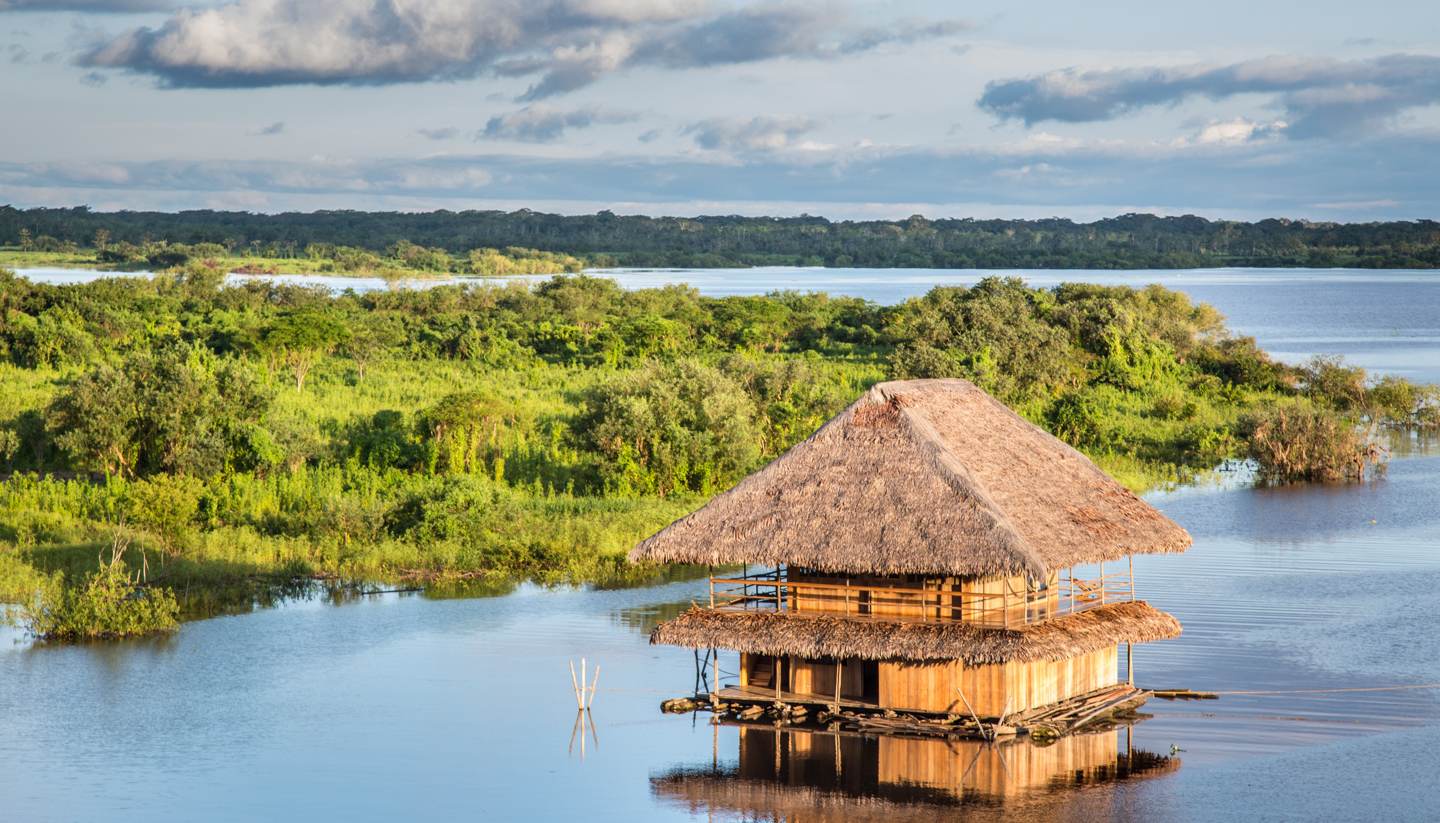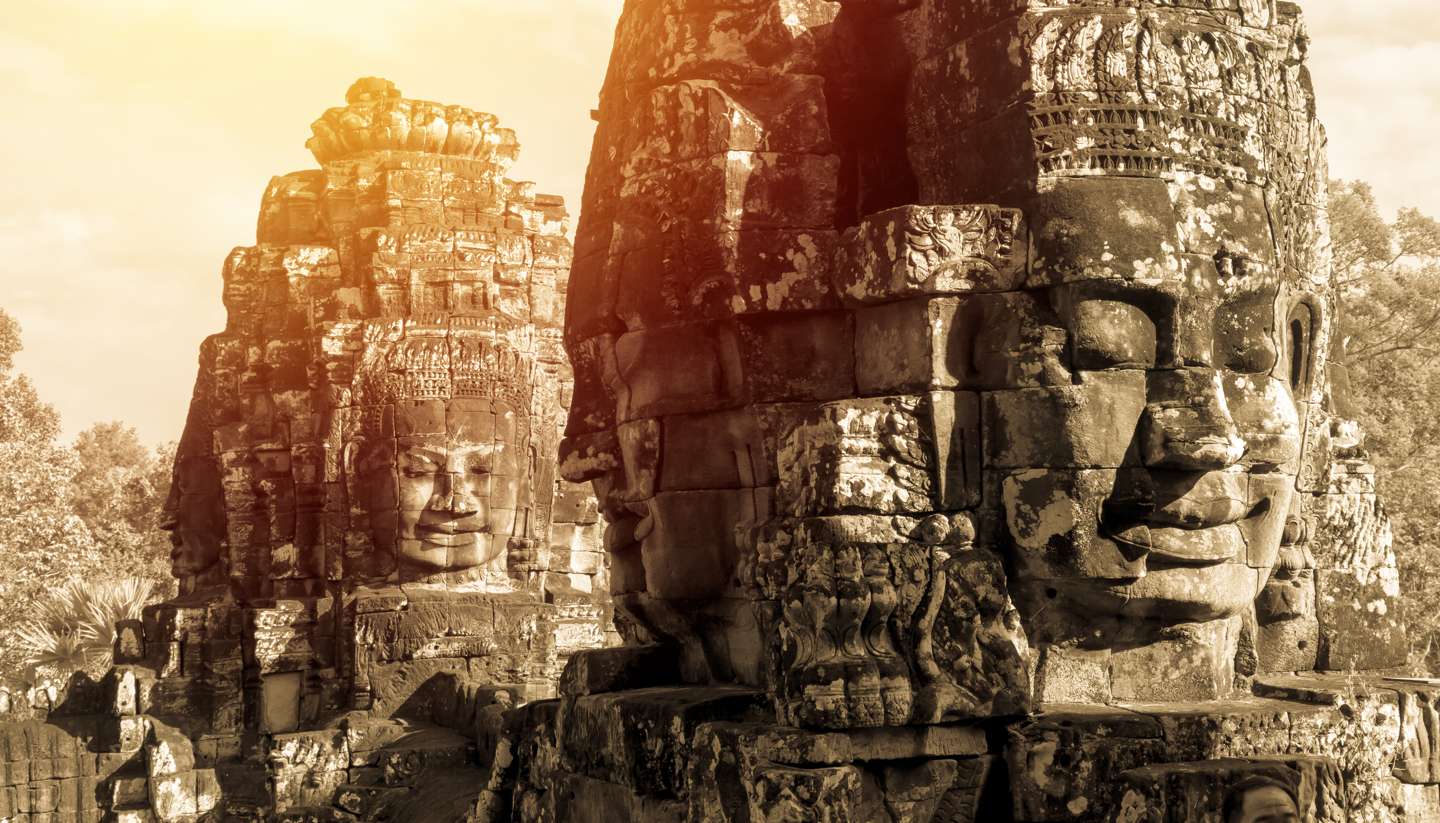Peru Weather, climate and geography
Weather and climate
Best time to visit
Peru's climate varies dramatically by region, but the seasons are generally divided into summer (December to March), autumn (April to June), winter (July to September), and spring (October to November). Along the coast, summers are warm and sunny, with temperatures around 24–30°C (75–86°F), while winters are cooler and often overcast, ranging from 15–20°C (59–68°F).
In the Andes, temperatures are shaped more by altitude than by season. Days are mild year-round, typically 15–20°C (59–68°F), but nights can drop sharply, often falling to 0–5°C (32–41°F). The dry season runs from May to September and is the most popular time for trekking; the rainy season lasts from October to April.
In the Amazon basin, the climate is hot, humid, and tropical throughout the year. Temperatures generally remain between 25–32°C (77–90°F). Rainfall is heaviest from December to March, though brief showers can occur at any time.
Spring and autumn tend to be transitional periods across the country, with moderate coastal temperatures, clearer skies in the Andes, and slightly lower humidity in the Amazon.
Required clothing
Given Peru's varied geography, travellers should be prepared for a mix of conditions. Lightweight, breathable clothing is suitable for the coast and the Amazon, while the Andes require warmer layers, particularly for evenings when temperatures can drop to near freezing. A fleece or insulated jacket is essential in high-altitude areas.
During the rainy season (October to April in the Andes and Amazon; December to March on the coast), waterproof gear becomes important. A reliable rain jacket, quick-dry trousers, and a small waterproof cover for bags are useful, especially for trekking or jungle excursions. Waterproof hiking shoes are recommended for trails that may become muddy.
Sun protection is advisable across all regions due to strong UV levels, especially at altitude. A hat and sunglasses are also practical additions.
Geography
Peru is one of South America's most geographically diverse countries, stretching from the Pacific Ocean to the Amazon Basin and rising sharply into the Andes in between. Its long western coastline runs for more than 2,400km, offering a mix of dramatic cliffs, desert plains, and surf-friendly beaches. The capital, Lima, sits on this arid coastal strip, where a cool Pacific current keeps temperatures mild year-round.
Inland, the land rises quickly into the Andes, the defining spine of Peru. These mountains are home to famous highland cities such as Cusco and Arequipa, as well as remote villages where traditional Andean cultures thrive. The region is marked by soaring peaks, deep valleys, and high-altitude plateaus, the most iconic being the Altiplano, shared with Bolivia. Altitude can be a factor for travellers, especially when visiting Cusco, Lake Titicaca, or trekking to Machu Picchu.
East of the Andes, the landscape descends dramatically into the Amazon rainforest, which covers nearly 60% of the country. This vast green expanse is home to extraordinary biodiversity and important gateways such as Iquitos and Puerto Maldonado. Travellers come here for river cruises, wildlife spotting, and immersive jungle lodges that reveal a completely different side of Peru.
The country is also shaped by active tectonics, which explains Peru's rugged mountains, deep canyons (including Colca Canyon, one of the world's deepest), and occasional seismic activity. Volcanic peaks near Arequipa, such as El Misti, form part of the Pacific "Ring of Fire" and add to the dramatic landscapes.
Peru's varied geography creates distinct climates across short distances: coastal deserts with virtually no rain, chilly Andean highlands, and humid tropical rainforest. For travellers, this means packing for multiple climates. This diversity also underpins Peru's rich wildlife, regional cuisines, and the remarkable contrasts that make travelling across the country so rewarding.





